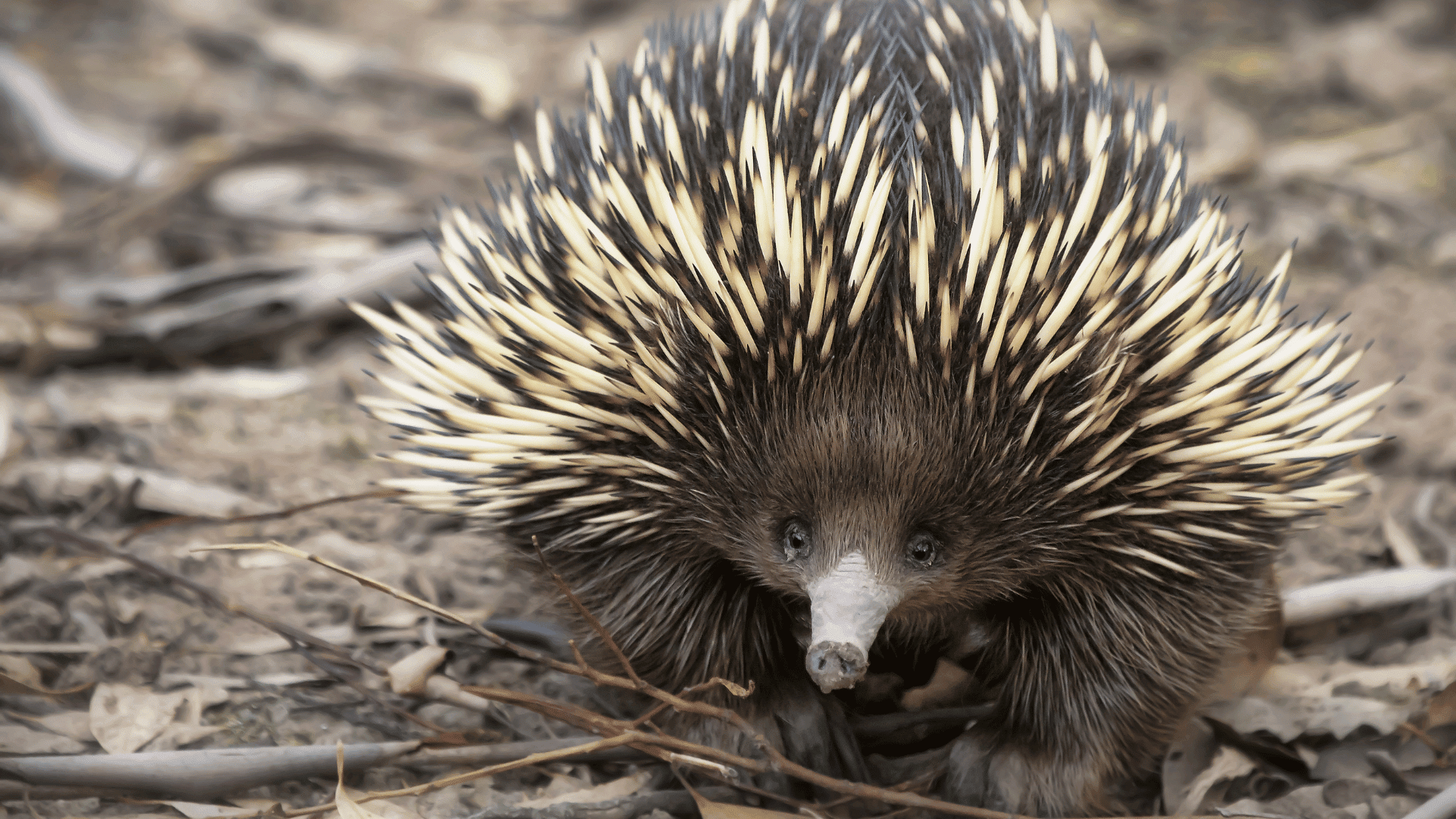A new study suggests that the platypus’s spine-covered, egg-laying cousin, the echidna, may have evolved from a water-dwelling ancestor.
Rare Evolutionary Event

These mammals consist of four living species, three of which are found in New Guinea and the fourth resides in the undergrowth of Australian forests. According to researchers, this is a rare evolutionary event.
“A fair few mammals have evolved from living on land to living in the water, but for an animal to go the other way is very rare,” Sue Hand, a vertebrate paleontologist at the University of New South Wales in Australia, told Live Science.
Scientists originally believed echidnas and platypuses descended from a land-roaming animal, with platypus ancestors evolving to reside in the water. Both animals are monotremes, or the only living animals that lay eggs rather than give birth to their young.
After examining a humerus from the extinct monotreme Kryoryctes cadburyi, which lived in Australia approximately 108 million years ago during the Cretaceous period, Hand and her colleagues believe the species may have been a relative of both the modern platypus and echidna. Noticing similarities between the ancient bones and those of modern echidnas, the team also conducted a micro-CT scan to view the internal microstructure of the bone.
“Modern platypuses today have distinctive bones,” Hand said. “They have very thick bone walls, and echidnas are almost the opposite, having quite thin bone walls. So, we were really interested to see what their common ancestor might have looked like.”
Though the bone outwardly resembled that of an echidna, the micro-CT scan showed the humerus had thicker walls and a reduced cavity for bone marrow. The heavy bones would theoretically act as a ballast, making it easier to dive below the water’s surface, leading researchers to believe K. cadburyi may have been a semiaquatic burrower.
“We were surprised to find that the internal structure looked more like a platypus than an echidna,” Hand said.
According to the researchers behind the study, the ancestors of echidnas developed lighter bones when they evolved to live on land. Though there are many instances of animals evolving from living on land to living in water, such as whales, dolphins, seals, and beavers, there are very little examples of animals evolving in the opposite direction.
“It has happened before in the fossil record, but the more aquatic a mammal becomes, the harder it would be to go back to land,” Hand said.


